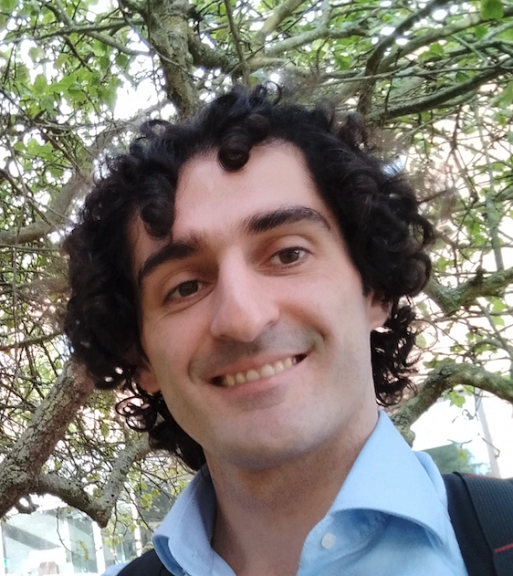
Lead supervisor: Adriano Gualandi, Earth Sciences
Co-supervisor: David Al-Attar, Earth Sciences; Gianmarco Mengaldo, Department of Mechanical Engineering, National University of Singapore
Brief summary:
Forecasting earthquakes is currently an unattainable goal, but a particular class of earthquakes (slow slip events) might provide a more accessible challenge to tackle.
Importance of the area of research concerned:
A few decades ago, tectonic tremors and slow slip events (SSEs) have been first detected. The evidence collected over the years suggests that they release stress accumulated by a fault, generating a moment equivalent to magnitude 7+ earthquakes. SSEs have been discovered thanks to geodetic techniques because they radiate a faint amount of seismic energy and sometimes a fault can slip with no associated seismic signature. Given their magnitude, they play an important role in the moment budget of the seismic cycle, influencing the seismic hazard estimates. A key feature of SSEs is that they have a much shorter recurrence time with respect to regular earthquakes (months/years instead of decades/millennia). This allows us to study multiple cycles rupturing the same fault segment. Given the many similarities with earthquakes, being able to model the dynamics of slow earthquakes can answer questions concerning the complexity of the frictional failure phenomenon at natural scale and its predictability.
Project summary :
This project will focus on both theoretical and experimental aspects of slow earthquake dynamics.
A first task when studying slow earthquakes is to separate tectonic from non-tectonic signals in the data. Different multivariate statistical approaches (e.g., Independent Component Analysis, Spectral Proper Orthogonal Decomposition) will be used to attain this goal. The focus will be on seismic and geodetic data (e.g., GNSS, InSAR, strainmeter), but ancillary data will be used to validate the non-tectonic origin of some deformation sources (e.g., meteo-climatic and hydrological). Recent results from nonlinear dynamical systems theory, data assimilation and stochastic differential equations will be used to investigate the dynamics of slow earthquakes. The ultimate goal will be to set up a reduced order model to mimic the behaviour of subducting regions and create a first order digital twin.
What will the student do?:
The student will focus on one or more region where SSEs have been recorded, including for example Cascadia, Mexico, Japan, and New Zealand subductions. He/She will use cutting edge data analysis techniques to derive a kinematic time evolution of fault slip. From this kinematic view, information on the dynamics will be retrieved via techniques that exploit Taken’s embedding theorem and Poincaré recurrence theorem. The student will explore the effects of various filtering approaches on the retrieved quantities that characterize the number of degrees of freedom of the system and its predictability. Constraints on these quantities will then be used to set up an appropriate reduced order model. The student will explore how complex behaviour can emerge from simple systems and attempt to quantify the effects of small-scale perturbations to the dynamics of highly non-linear problems like the one related to frictional instabilities here considered. The student will also be able to analyse data from laboratory frictional experiments conducted in the High Pressure High Temperature laboratory of the Istituto Nazionale di Geofisica e Vulcanologia (INGV) in Rome (Italy).
References - references should provide further reading about the project:
Michel, S., Gualandi, A. & Avouac, J.-P. 2019. Interseismic Coupling and Slow Slip Events on the Cascadia Megathrust. Pure and Applied Geophysics, vol. 176, pp. 3867-3891, DOI https://doi.org/10.1007/s00024-018-1991-x.
Gualandi, A., Avouac, J.-P., Michel, S. & Faranda, D. 2020. The predictable chaos of slow earthquakes. Science Advances, vol. 6, DOI eaaz5548.
Gualandi, A., Faranda, D., Marone, C., Cocco, M. & Mengaldo, G. 2023. Deterministic and stochastic chaos characterize laboratory earthquakes. Earth and Planetary Science Letters, vol. 604, no. 117995, DOI https://doi.org/10.1016/j.epsl.2023.117995.
Applying
You can find out about applying for this project on the Department of Earth Sciences page.